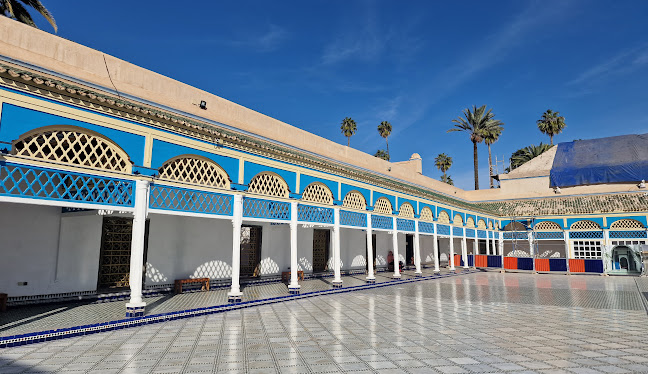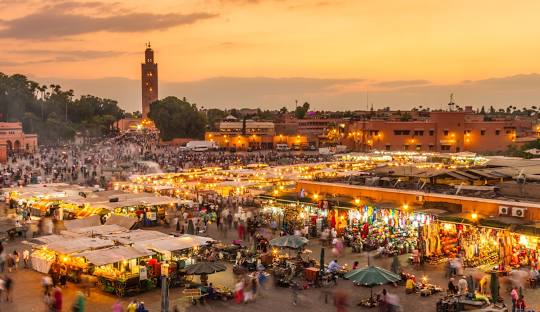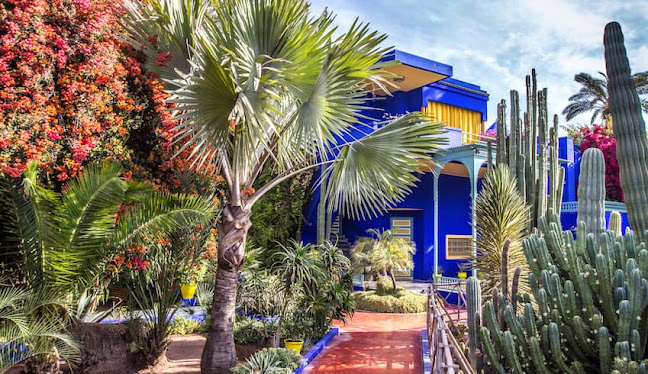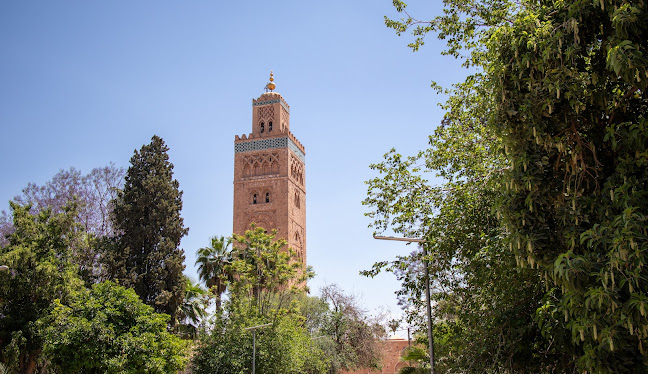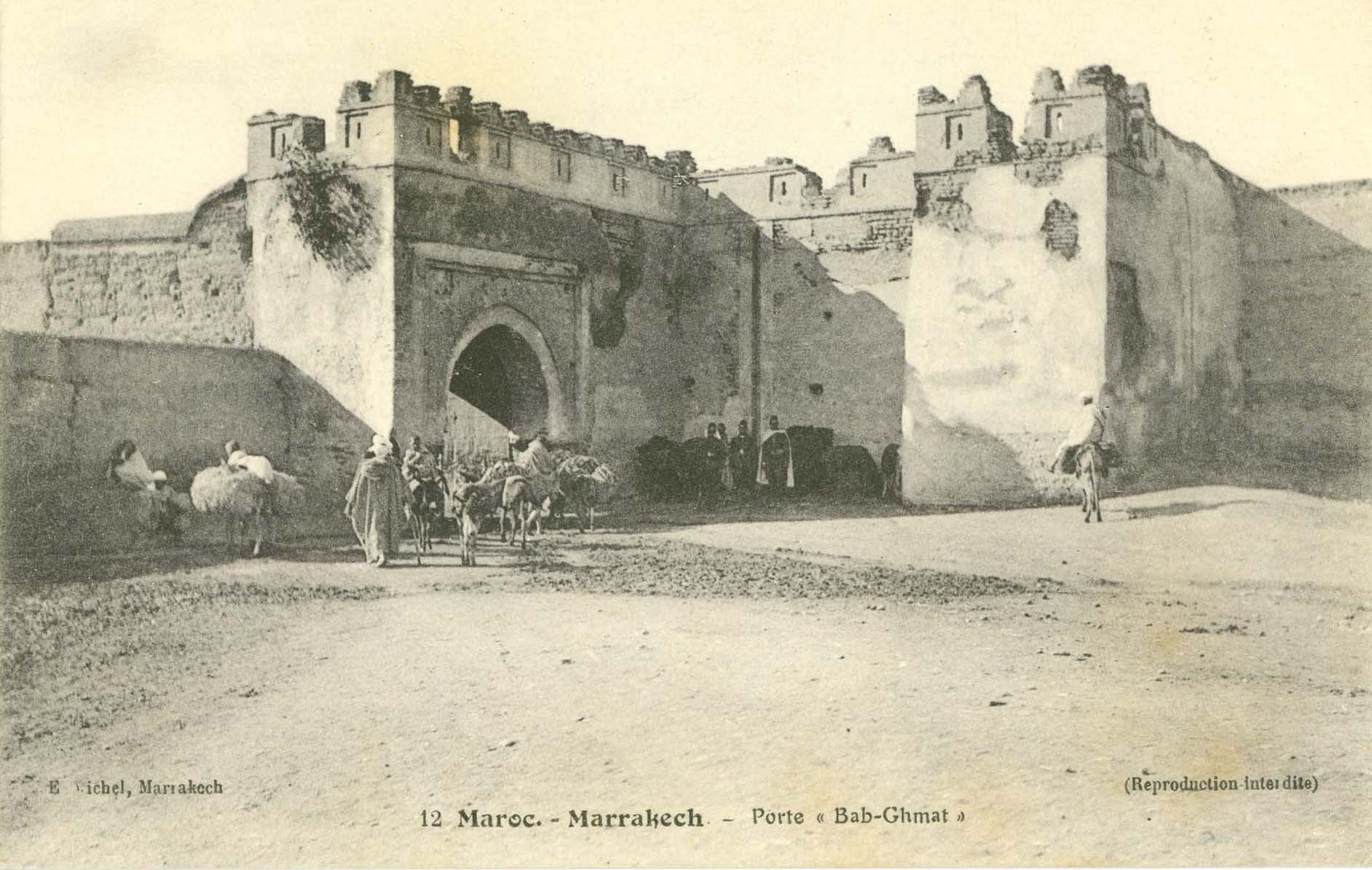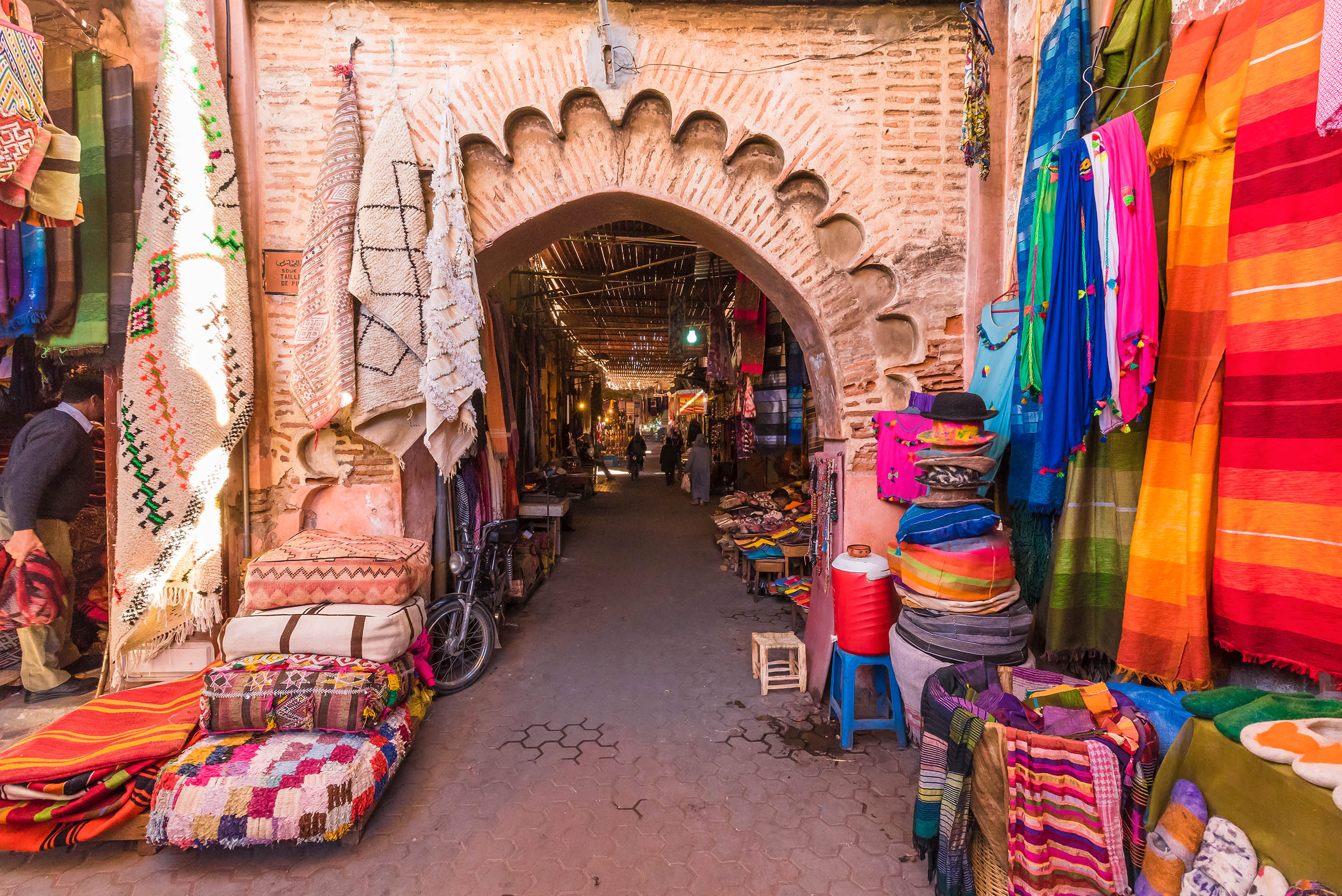Desert Vie operates in Morocco geographical features of striking diversity, where landscapes shift beautifully within short distances and where mountains, deserts, and coastlines coexist in a relatively small territory. Situated in the northwest corner of Africa, Morocco serves as a bridge between Europe and Africa, lying just across the Strait of Gibraltar from Spain. This geographical position has shaped not only its history but also its physical features, which are as varied as they are distinctive.
Morocco Geographical Features
One of the most important aspects of Morocco geographical features is its coastline. The country has two extensive coasts, one along the Atlantic Ocean to the west and another along the Mediterranean Sea to the north. The Atlantic coast stretches for over 1,800 kilometers, providing fertile plains and natural harbors that have historically supported agriculture, trade, and settlement. Cities like Casablanca, Rabat, and Essaouira have grown and flourished along this coast.
The Mediterranean coast, though shorter, is equally significant in Morocco geographical features, offering a more rugged and mountainous shoreline dotted with fishing villages and towns such as Tangier, Tetouan, and Al Hoceima. The dual coastal system not only opens Morocco to maritime trade but also contributes to its climatic diversity, with the Atlantic moderating temperatures and the Mediterranean offering a milder climate in the north.
Moving inland, Morocco geographical features are dominated by mountain ranges that run diagonally across the country. The most famous and significant is the Atlas mountains, which extend for more than 2,500 kilometers across Morocco, Algeria, and Tunisia. In Morocco, the Atlas is divided into three major sections, namely the High, the Middle, and the Anti-Atlas. The first contains the highest peak in North Africa, Mount Toubkal, rising to 4,167 meters.
This range of Morocco geographical features is characterized by rugged peaks, deep valleys, and snow-capped mountains that stand in sharp contrast to the desert areas lying to the south. The High Atlas serves as a natural barrier between the coastal plains and the Sahara Desert, influencing both climate and human settlement.
The Middle Atlas, located further north, is less elevated among Morocco geographical features, but heavily forested with cedar and oak trees. It is known for its green valleys, lakes, and a cooler climate that attracts domestic tourism. Towns like Ifrane, often called the Switzerland of Morocco, illustrate the unique environment of this region. The Anti-Atlas, located in the south, is geologically older and lower in elevation but still striking, with rocky landscapes and arid plateaus that gradually blend into the Sahara Desert.
In addition to the Atlas ranges, Morocco geographical features are home to the Rif mountains in the north, running parallel to the Mediterranean coast. These are rugged and steep, with peaks often shrouded in mist. The Rif has traditionally been more isolated, with difficult terrain that limited outside influence. However, it has its own distinctive culture and geography, marked by terraced fields, forests, and dramatic ridges overlooking the sea.
South of the Atlas Mountains, Morocco geographical features changes beautifully as Morocco transitions into the Sahara. While not entirely desert, this region consists of arid plateaus, stony hamadas, and the famous sand dunes of Erg Chebbi and Chigaga. These golden dunes near Merzouga and M’Hamid are among Morocco’s most iconic landscapes, rising to impressive heights and stretching for kilometers. The desert is not empty, however, as oases dot the land, providing water and fertile soil for date palms and small communities. The contrast between the lush oases and the barren desert is one of Morocco’s most striking geographical features.
Between the mountains and the coasts lie Morocco’s fertile plains and plateaus, particularly the Saïss plain near Fez as well as Meknes and the Gharb plain next to Rabat. These Morocco geographical features benefit from alluvial soils and adequate rainfall, making them some of the most agriculturally productive parts of the country. Wheat, barley, olives, citrus fruits, and grapes are cultivated here, sustaining both local consumption and exports. The plains also host dense population centers, as the geography is more accommodating to settlement compared to the mountains or deserts.
Morocco’s climate is as varied as its geography. The coastal areas enjoy moderate temperatures influenced by the ocean, while the interior mountains experience harsh winters with heavy snowfall, especially in the High Atlas. The desert regions to the south are extremely arid and hot, creating a stark contrast with the fertile plains and temperate coastal zones. This diversity in climate has allowed for a wide range of ecosystems, from cedar forests in the Middle Atlas to palm groves in the desert.
Morocco geographical features are a study in contrasts. With its long coastlines, towering mountain ranges, fertile plains, and stretches of desert, the country contains within its borders an array of landscapes more varied than many much larger nations. This diversity has shaped Morocco’s history, culture, and economy, fostering agricultural richness, architectural adaptation to different climates, and a unique blend of Mediterranean, African, and desert influences. To travel through Morocco is to journey through different worlds in a matter of hours, and its geographical variety continues to be one of its greatest assets and defining characteristics.
